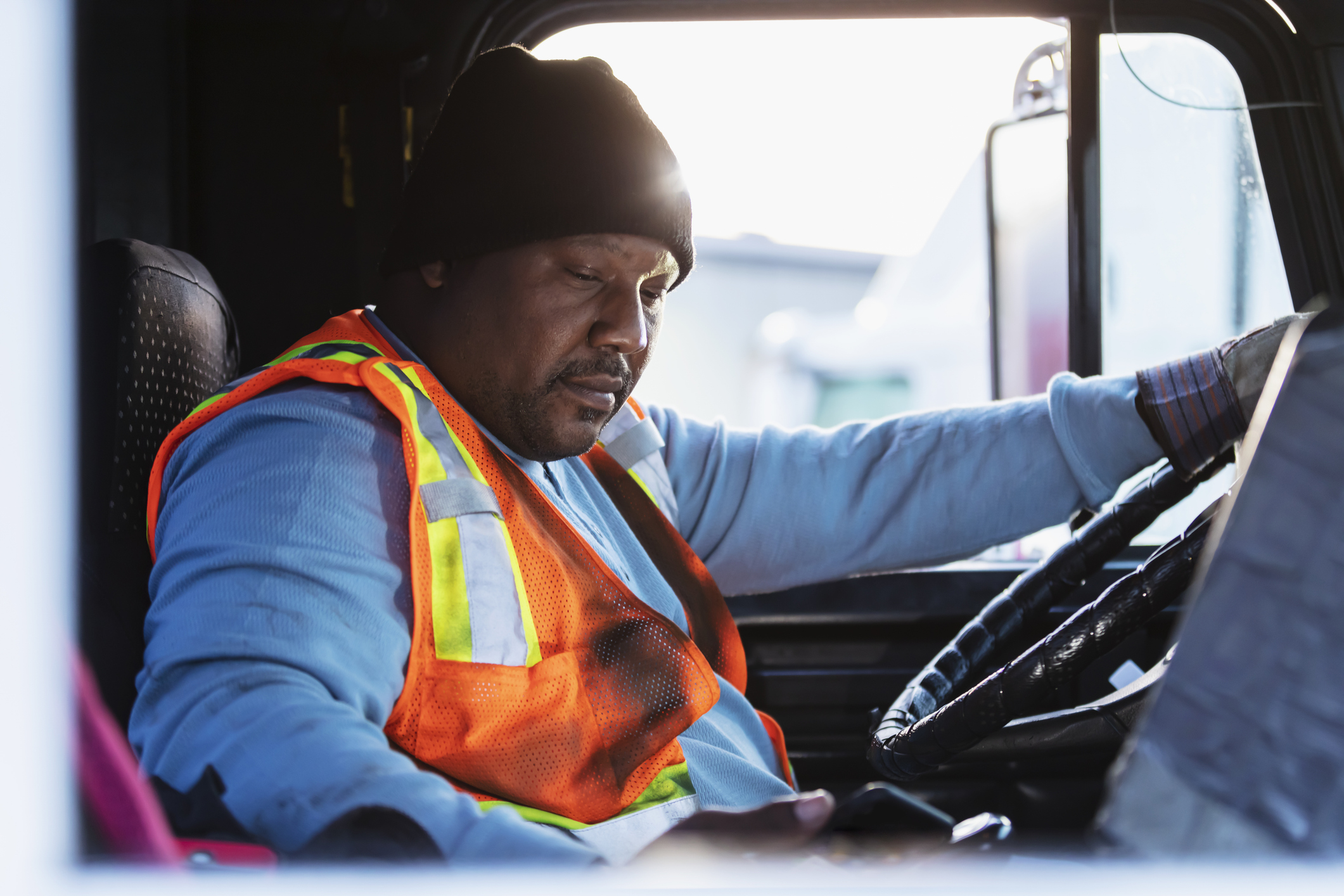Listening to the Voices of Women in Trucking

You’re asking your employees for feedback. But are you really hearing from everyone?
Even when your company is making a concerted effort to listen to your employees, sometimes the loudest voices overshadow everyone else. That can leave others, including women and minorities, feeling like their voices aren’t heard.
This is especially evident in face-to-face interactions, particularly meetings with large groups, where less vocal people can be literally spoken over. But it actually happens in every type of communication — largely because those who are quieter or simply not as outgoing become used to not speaking up.
There’s good news, though. You can take steps as a company to disrupt that norm. Let’s talk about why it’s important and how to get it done.
Why You Need to Hear From Women in Trucking
When you think of the prototypical truck driver, a male driver probably comes to mind. But while it’s true that the vast majority of truck drivers are men, there’s a rising population of women in trucking.
According to a report from FreightWaves, around 47 percent of the trucking industry workforce is female. Of that number, though, only around 7 percent are truck drivers. The remaining 40 percent handle a variety of responsibilities for trucking carriers, including management roles, office personnel, and dispatchers. Other estimates put the number of female truck drivers between 6.7 and 15.7 percent.
Regardless of the actual number, what has become clear over the past decade is that trucking is becoming a more viable career option for many women. The footprint of women stepping in as professional drivers has been steadily increasing.
What does that mean for your business? Well, it means that if you’re truly trying to understand what your drivers need and want, you need to ensure you’re capturing an accurate representation that includes the women in your ranks.
Women traveling the road as truck drivers have needs and requirements that are distinct and unique in many ways from their male counterparts. If you listen carefully, they’ll tell you what those things are.
Encouraging Female Drivers to Speak Up
Female truck drivers will see the road — and stops along the road — differently. Knowing what they’re seeing and experiencing is key in ensuring all of your drivers’ needs are met.
While your entire team of drivers can share their perspective about the conditions at their drop-off points, only the women can report on whether the facility offers restrooms that meet their needs. Same goes for identifying whether the truck stops along their routes have enough showers and whether they feel safe in their surroundings.
And beyond those granular specifics, women also have a unique set of needs when it comes to the benefits your company offers, including health insurance and home time. You need to hear from them, so how can you make sure you do?
Start with these basic steps:
Encourage feedback from day one. We encourage companies to include WorkHound and how to use it in their onboarding efforts with all drivers, but it’s especially important here. As part of your onboarding program, share why WorkHound is so important, talk through examples of what’s been accomplished using the feedback, and break down exactly how it works.
Emphasize that feedback is anonymous. Because many women may be hesitant to speak up about their experiences in a male-dominated industry, offering them a way to anonymously share their thoughts can be a difference-maker. Being able to provide thoughts and ask questions through a “filter” of sorts can make those who might be hesitant to speak up in another format more willing to do so.
Use your weekly broadcasts strategically. On occasion, use these messages to your driving team to encourage your drivers to share feedback. A broad message asking drivers to reach out to your leadership team may be effective in prompting feedback from male and female drivers alike, but you can also ask targeted questions to gather insights you’re looking for around a specific topic or issue — the facilities at your corporate locations, for example, or your home time policies.
Shine a light on actions you’re taking. Just as you do with your entire team of drivers, you want the female drivers on your team to know that their perspective is valued and their voices are heard. When you receive feedback from them and take action as a result, be transparent about what you’re doing and why. If the issue is complex or specific to an individual driver, reach out via other methods, such as a one-time message.
Looking for a way to capture the insights of all your employees, not just the more vocal ones? Sign up for a free demo to learn how WorkHound can help!
driver retention, feedback culture, women in trucking
Let's Build Better Workplaces Together
Revolutionize your company culture and your worker retention rates by improving communication and engagement.
Book a Demo

